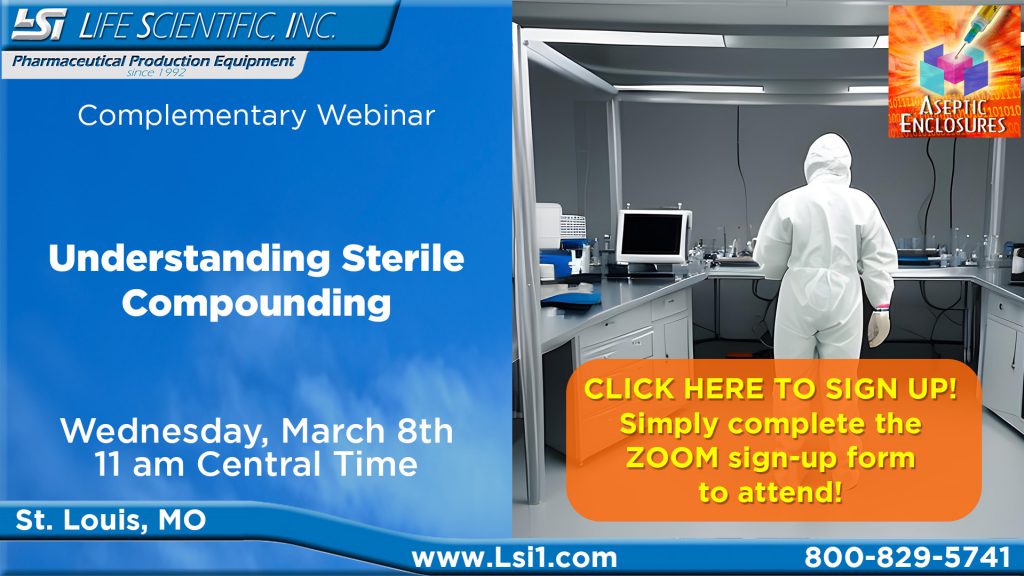Trends in USP Compliance
With less than a year to go until USP <800> becomes enforceable, a significant effort is required for many facilities to achieve compliance with this chapter. For many attaining full compliance will require an investment in facility upgrades, purchases of new PECs, and a renewed focus on staff training. Certainly progress has been made in adopting […]
Trends in USP Compliance Read More »
With less than a year to go until USP <800> becomes enforceable, a significant effort is required for many facilities to achieve compliance with this chapter. For many attaining full compliance will require an investment in facility upgrades, purchases of new PECs, and a renewed focus on staff training. Certainly progress has been made in adopting


